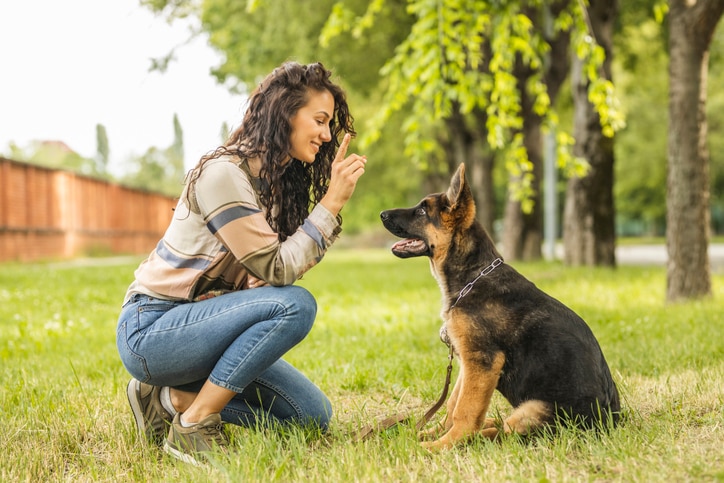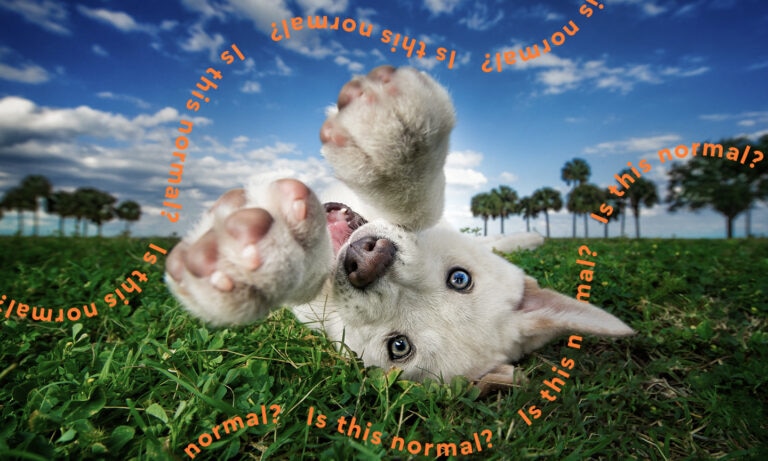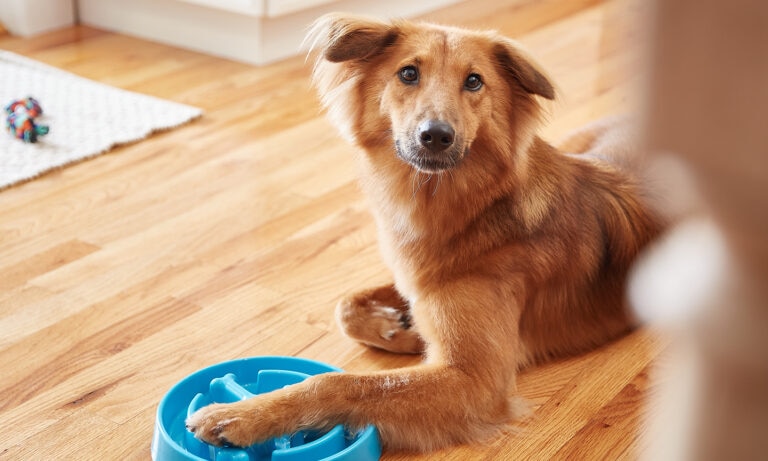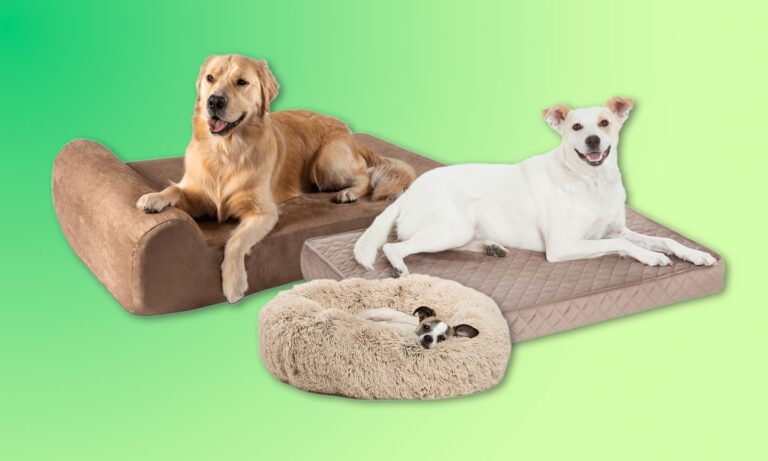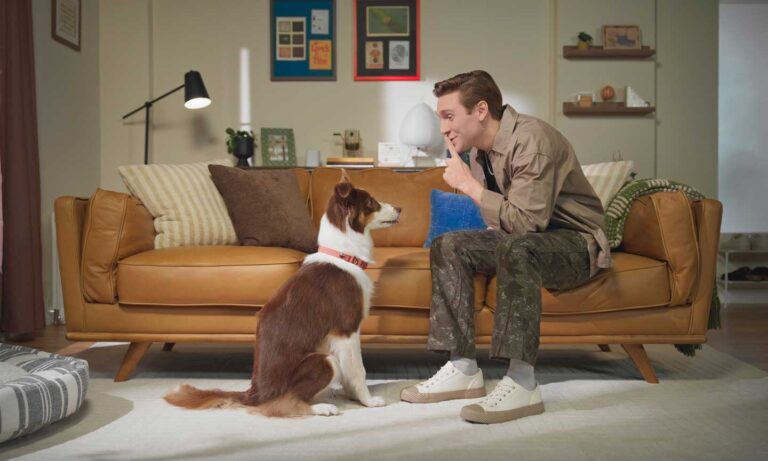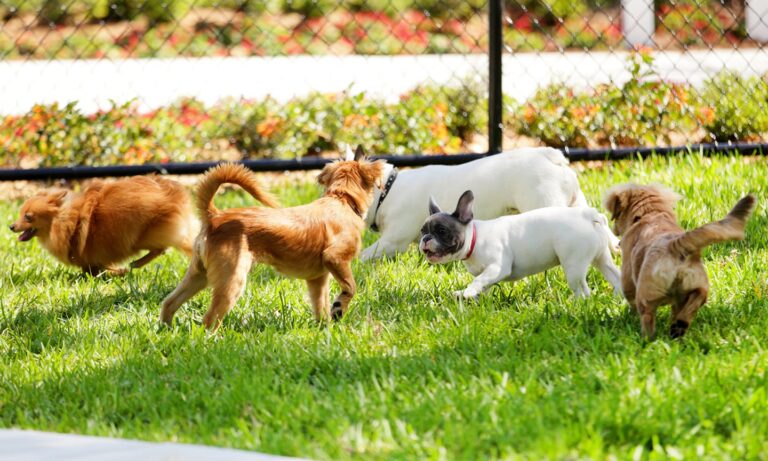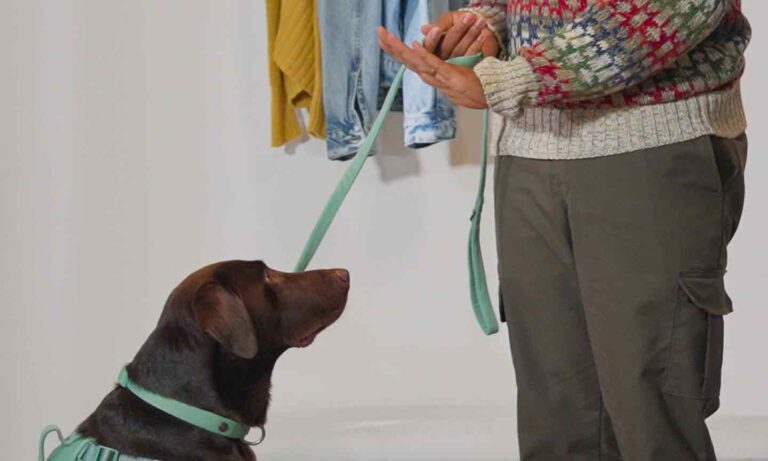How to Put a Stop to Dog Peeing Indoors

Photo by Chewy
Whether your pup is new or has been with you through thick and thin, it’s always frustrating when you have a dog peeing in the house after they’ve been housebroken. As it turns out, there are a number of reasons why a housebroken dog might start urinating in the house. Improper training could be an issue, but “other reasons are urinary tract infections, medication side effects, health conditions resulting in increased drinking or an inability to control the bladder, and stress,” says Mary R. Burch, PhD, the American Kennel Club’s Canine Good Citizen Director. “Sometimes, if a new pet is added to the household, the dog will start marking its territory,” she adds.
Here are some steps you can take for a dog peeing in the house:
The first thing a pet parent will need to do is determine if their dog peeing in the house is just an occasional slip-up or something more pressing. “If a housebroken dog is urinating in the house, the first step is to observe to see if it happens again,” says Dr. Burch. “If it doesn’t, it may have just been a slip-up. If this is repeated, a medical work-up will be necessary to determine if there are any medical issues causing incontinence.”
Going to the vet is important, but if medical issues are ruled out, the easiest thing to start with that can put an end to dog peeing is allowing your pup more frequent trips outdoors. Additionally, “If the problem is frequent, consider starting over with the basics of house training,” says Dr. Burch. “Finding the cause is a good idea, though. If, for example, an older dog is wetting his dog bed, it may be that he is in pain from arthritis and doesn’t want to get up.”
If simply allowing your dog to go out more still doesn’t help, starting questioning other factors that could be affecting your dog. For example:
• Has anything in the environment changed, like a big move, a new baby or another pet?
• Is there any reason your dog may be under stress, such as workers remodeling your house and making a lot of noise?
• Have you changed your or your dog’s schedule?
• Are you still providing as much/enough exercise?
• Was there any recent emotional trouble, like another pet and/or a member of your household died or is no longer at home?
Depending on the problem, you can now work with your pup to find a solution to dog peeing indoors. For example, if you’ve discovered from a vet visit that your older dog does in fact have arthritis, treating the arthritis that’s causing the pain could solve all of your potty training problems. If temporary environmental factors are stressing your dog out, then hopefully once they’re removed (your dog gets used to the new house, the construction is done, etc.), he’ll return to his housebroken ways.
Additionally, “If your dog is urinating indoors, make sure there is not another pet who is urinating on the carpet,” says Dr. Burch. “Sometimes if this happens, it signals to the dog it’s okay to pee there, or he may simply be marking the area that had been soiled before.” Be sure to clean any urine-stained areas as thoroughly as possible to avoid a repeat. Nature’s Miracle Oxy Pet Stain & Odor Scented Remover is a good aid.
Starting from scratch with the housetraining basics may be necessary, as Dr. Burch mentions, but be sure you’re also following other important routines. “These include exercising your dog in the morning with play outside or a brisk walk,” says Dr. Burch. “This gives the dog a chance to empty her bladder and bowels to start the day.”
Dr. Burch also suggests taking your dog out on a regular basis throughout the day. “Puppies must be taken out every 1-2 hours to start in order to prevent accidents,” she says. Always remember to take your dog outside as soon as you get home from work, but “if an older dog cannot make it the entire 10 hours while you are at work and commuting, consider an alternative such as a dog door, a dog walker or an acceptable area in the house, such as using dog potty pads for toys breeds,” Dr. Burch adds. Try Frisco Training & Potty Pads, or even dog diapers like Wee-Wee Disposable Doggie Diapers if your pup needs a little extra assistance.




